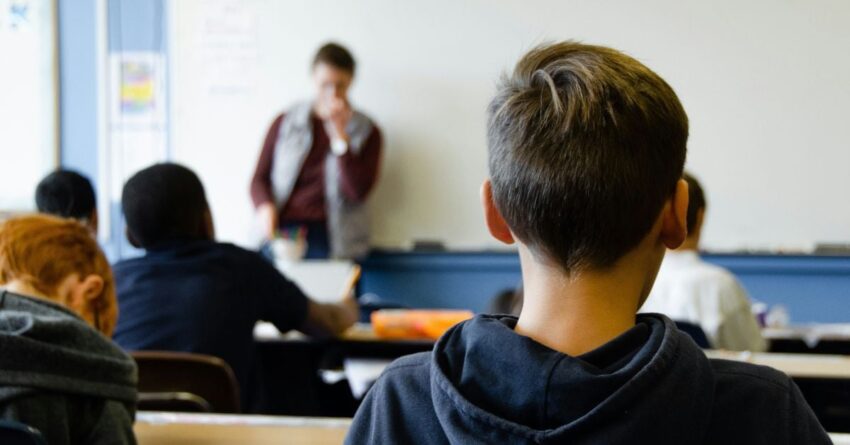West Virginia classrooms will see widespread changes this school year as a new law targets disruptive and dangerous student behavior.
Senate Bill 199, a major update to the state’s education code, officially went into effect on July 2 to prioritize safety and ensure teachers can focus on teaching rather than managing chronic misbehavior.
Student discipline bill

The legislation, signed by Governor Patrick Morrisey in April, amends WV Code 18A-5-1 — originally enacted in 1931 — to reflect the realities of today’s classrooms.
“We know that when students are distracted, misbehaving, or otherwise inhibiting their learning environment, teachers need to have the tools to regain control,” Morrisey said during the signing ceremony. “We want our teachers teaching — not babysitting.”
Senate Education Chairwoman Amy Grady, who sponsored the bill, emphasized that the new measures are meant to balance accountability with compassion.
“Kids are different now,” Grady said. “Many of them come to us having experienced trauma — living in foster care, or with parents struggling with addiction. We have to consider those experiences when addressing their behavior.”
Student behavior

Under the law, disruptive behavior is defined as threatening, abusive, disobedient, or intimidating conduct toward classmates, teachers, or school staff. The bill lays out a tiered approach for handling such behavior, focusing on support before removal.
For elementary students, the first step is intervention with school counselors, social workers, psychologists, or behavioral specialists. If these measures fail, students may be referred to an alternative learning program or center. Secondary school students face a slightly stricter process: repeated incidents — more than three in a month — can lead to suspension or reassignment to an alternative setting.
District by district

Grady said that while not all of the state’s 55 counties have the staff or facilities to implement every step independently, districts with fewer resources can share services with neighboring counties or other agencies. The goal, she explained, is to resolve the root causes of misbehavior rather than relying solely on punishment.
“Every single child is different, every single classroom is different, and there is no one-size-fits-all solution,” Grady said. “Solving disruptive behavior means understanding why it’s happening and giving students the tools to cope, not just removing them.”
The law requires that intervention plans focus on emotional and mental health, equipping students with coping mechanisms and life skills such as conflict resolution, anger management, stress management, self-esteem building and better decision-making.
The classroom experience

While only a small percentage of students exhibit severe disruptive behavior, the effects on classrooms can be significant.
“We’ve got to stop focusing all of our efforts on one individual or just a small percentage and do what’s best for the majority,” Grady said. “If one student is constantly disruptive, we need to provide them with a different setting where they can get the help they need, and the other 19 students can continue to learn.”
State officials hope the law will not only enhance the classroom experience but also help retain teachers, who are leaving the profession in increasing numbers due to burnout and behavioral challenges.
By addressing disruptions with structured support and intervention, West Virginia leaders aim to create safer, more effective learning environments for students and teachers alike.
The post Student discipline bill goes into effect appeared first on Knewz.
Click this link for the original source of this article.
Author: Joshua Wilburn
This content is courtesy of, and owned and copyrighted by, https://knewz.com and its author. This content is made available by use of the public RSS feed offered by the host site and is used for educational purposes only. If you are the author or represent the host site and would like this content removed now and in the future, please contact USSANews.com using the email address in the Contact page found in the website menu.





